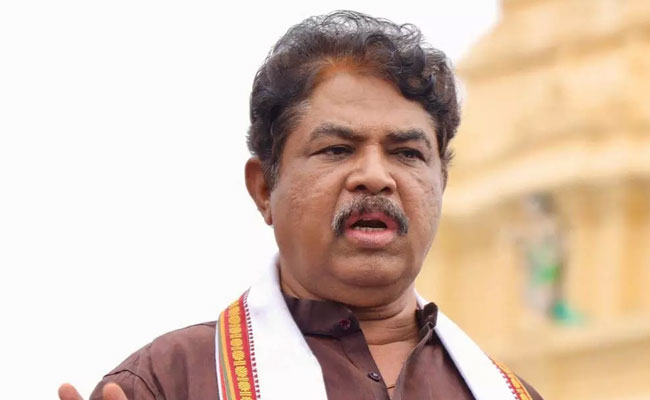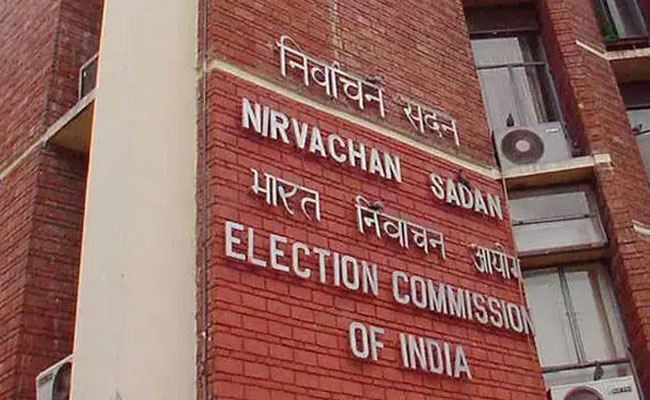Sriharikota (Andhra Pradesh) (PTI): ISRO on Monday successfully launched its maiden X-Ray Polarimeter Satellite that would offer several insights into celestial objects like black holes.
ISRO's ever reliable Polar Satellite Launch Vehicle (PSLV) in its C58 mission, placed the primary X-Ray Polarimeter satellite XPoSat into a 650 Km Low Earth Orbit as intended after lifting off at the pre-fixed time of 9.10 am from the first launch pad here.
As the 25-hour countdown concluded, the 44.4-metre tall rocket lifted off majestically with thunderous applause from spectators who had descended here in large numbers at this spaceport situated about 135 km east of Chennai.
The X-ray Polarimeter Satellite (XPoSat) is aimed to investigate the polarisation of intense X-ray sources in space.
According to ISRO, it is the first dedicated scientific satellite from the space agency to carry out research in space-based polarisation measurements of X-ray emission from celestial sources.
The X-Ray polarisation serves as a crucial diagnostic tool for examining the radiation mechanism and geometry of celestial sources.
The primary payload of XPoSat is POLIX (Polarimeter Instrument in X-Rays) which is designed to measure polarimetry parameters by Raman Research Institute and XSPECT (X-ray Spectroscopy and Timing) built by the U R Rao Satellite Centre, Bengaluru. The Mission life is about five years.
Let the Truth be known. If you read VB and like VB, please be a VB Supporter and Help us deliver the Truth to one and all.
Mumbai (PTI): Aviation watchdog DGCA on Friday eased the flight duty norms by allowing substitution of leaves with a weekly rest period amid massive operational disruptions at IndiGo, according to sources.
As per the revised Flight Duty Time Limitations (FDTL) norms, "no leave shall be substituted for weekly rest", which means that weekly rest period and leaves are to be treated separately. The clause was part of efforts to address fatigue issues among the pilots.
Citing IndiGo flight disruptions, sources told PTI that the Directorate General of Civil Aviation (DGCA) has decided to withdraw the provision 'no leave shall be substituted for weekly rest' from the FDTL norms.
ALSO READ: 49 Indigo flights likely to be cancelled from Hyderabad
"In view of the ongoing operational disruptions and representations received from various airlines regarding the need to ensure continuity and stability of operations, it has been considered necessary to review the said provision," DGCA said in a communication dated December 5.
The gaps in planning ahead of the implementation of the revised FDTL, the second phase of which came into force from November 1, have resulted in crew shortage at IndiGo and is one of the key reasons for the current disruptions.
#BREAKING: #DGCA relaxes a clause which debarred airlines to club leaves with weekly rest to mitigate #IndiGo crisis
— Economic Times (@EconomicTimes) December 5, 2025
🔴 Catch the day's latest news here ➠ https://t.co/8eVBGnsJUA 🗞️ pic.twitter.com/KUWc8R2Kso





